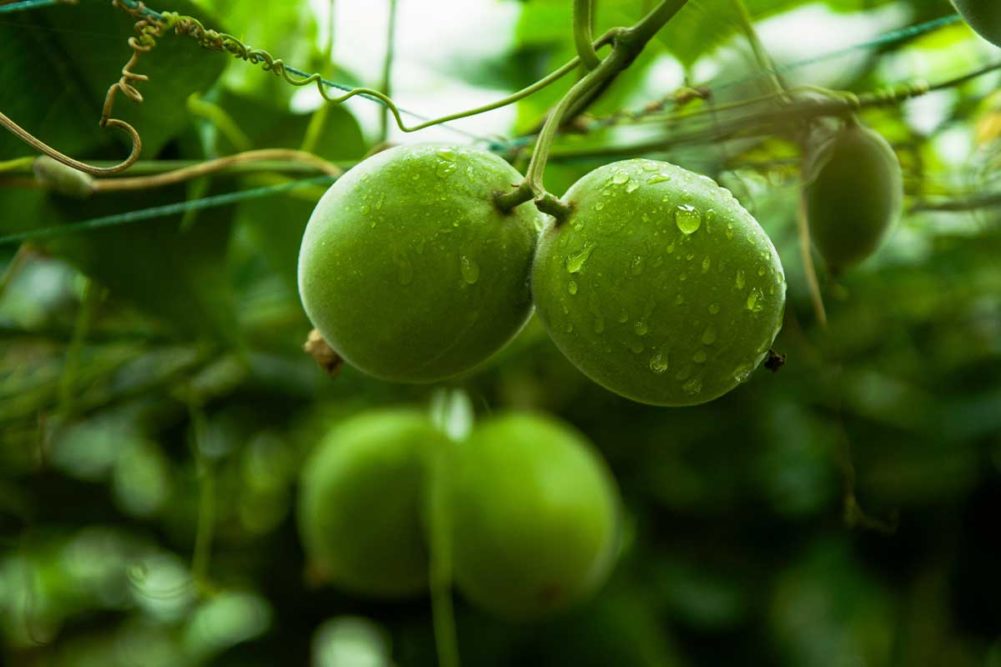Bakers have an ever-expanding array of natural sweeteners to choose from, ranging from emerging varieties to familiar staples in consumer diets.
For example, the use of malt powders and extracts in baked goods has grown recently, noted Joe Savelli, director of culinary innovation, Malt Products.
“These have been used in the baking industry for a long time, but as the demand increases for baked goods that stay true to their origins, bakers are returning to using malt as a primary sweetener,” he said.
Malt enhances the flavor, texture and aroma of a variety of baked goods ranging from pizza doughs and bagels to chocolate cookies and cake, Mr. Savelli said. The company’s MaltRite Sweet, for example, offers the aroma and flavor of malted milk without dairy.
Oat extract is a sweetener rising in use thanks in part to its familiarity and clean label appeal as well.
“Its toasted flavor gives it caramel-like notes that go great in many different baking applications,” Mr. Savelli said. “It is also a great ingredient for use in vegan and plant-based baked goods, which have high appeal to consumers who enjoy oat milk.”
Honey similarly is appearing in more baked goods due to its strong popularity among consumers. A 2021 IFIC survey found that honey is the No. 1 preferred sweetener in foods and beverages. The ingredient serves as a natural binder in nut and seed bars, and as a humectant helps keep products moist longer. Its low PH also helps inhibit some strains of bacteria growth.
“We expect honey’s popularity to continue growing as more and more consumers begin to understand the important connection that honey and honeybees have with the entire food system,” said Catherine Barry, vice president of marketing, National Honey Board.
Other lesser known but emerging sweeteners include monk fruit and agave. Monk fruit can enhance a product’s fruity or citrusy notes, noted Justin Kanthak, director of business development for Batory Sweetener Solutions, and has appeared in a variety of low-sugar applications ranging from peanut butter and jelly sandwiches to snack bars.
ADM’s Sweetright Agave offers structural benefits such as binding and browning properties, moisture retention and humectancy with a neutral flavor profile and is 25% to 30% sweeter than sugar, making it an easy-to-use sugar reducer for a range of baked goods.
“Our agave checks all of the boxes consumers are looking for as both a familiar and premium ingredient on product labels,” said Sarah Diedrich, global marketing director, sweetening and texturing solutions, ADM.
The polyol isomalt, the only sugar replacer derived from sugar beet, may be used to reduce sugar and carbs in baked goods with half the calories of sugar. It carries a health claim from the FDA noting it doesn’t promote tooth decay and has a minimal effect on blood sugar compared to other sweeteners.
Beneo’s Palatinose can be used as a 1-to-1 replacement for sucrose or other high glycemic sugars, making it an effective ingredient for lowering the blood sugar spike caused by some baked goods.
“With its mild sugar-like sweetening profile and nutritional benefits, Palatinose is particularly popular in applications for baked goods and snacks,” said Kyle Krause, product manager, Beneo Functional Fibers and Carbohydrates, North America. “Its full carbohydrate energy is provided in a balanced and sustained way without the spike and crash effect from commonly known high-glycemic carbs. Therefore, Palatinose is attractive for consumers leading an especially active lifestyle.”
Beneo also offers chicory root fibers. At 2 calories a gram, Beneo’s Orafti Inulin and Oligofructose are non-GMO and deliver digestive health benefits as a prebiotic.
“By providing bulk solids, chicory root fiber can replace sugar and added sugars while maintaining the taste and texture of the final product,” Mr. Krause said.
This article is an excerpt from the August 2023 issue of Baking & Snack. To read the entire feature on Sweeteners, click here.





